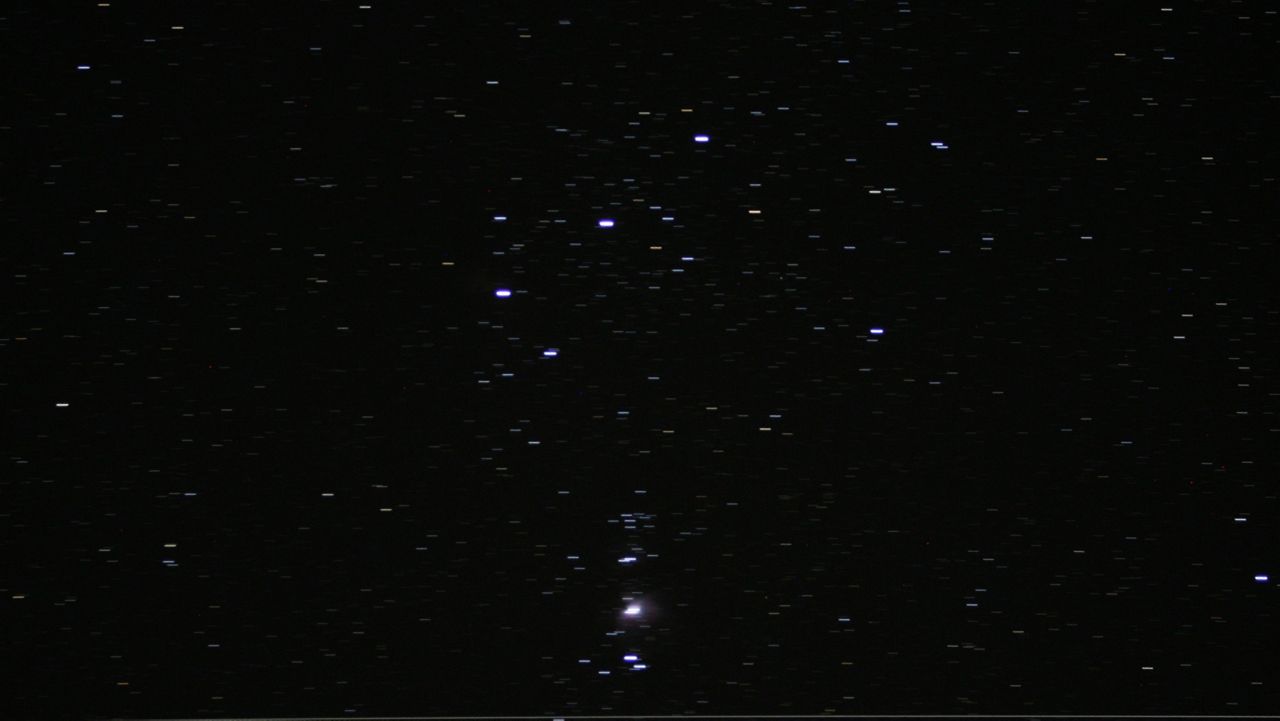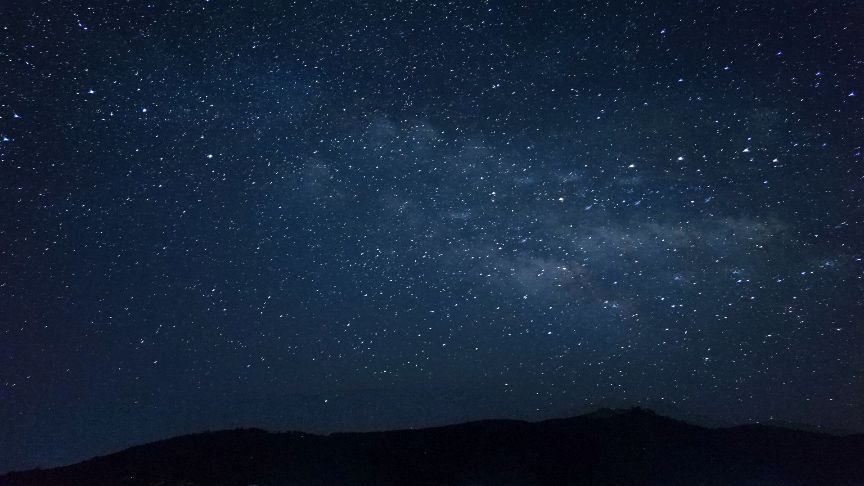The days are starting to get longer, but March is still a great time to check out the night sky. Be sure not to miss these sights this month.
Let's start with a summary of what the moon is up to this month. At the start of March, it's just past full. It was officially full on February 27. The full moon in February is known as the snow moon.
In March, the full moon will happen on March 28, and it's known as the worm moon because this is when farmers plant their crops.
In April, the full moon will be called the pink moon because of the blooming flowers.
Full moons bring bright nights and aren't the best for spying stars. Plan your night watch for around March 13. The skies will be at their darkest as we'll have a new moon.
Nighttime isn't the only time to see great celestial objects. During March, it's worth getting up early to see a trio of planets. Look in the east two to three hours before dawn.
Low on the horizon, and you'll be able to spot Mars, Jupiter, and Saturn near each other. Late in the month, a crescent moon will join this group.
Another highlight to watch for this month is Mars in the evening sky. You can find the red planet in the western sky.
Near Mars in the night sky will be a bright group of stars. This feature is the Pleiads star cluster.
The brightest start in the night sky is Sirius. To find it, look in the southern sky. Find the 3 stars of Orion's belt and look below and to the left. Sirius will shine brightly each night.

You can see all of these sights without a telescope, but try using a pair of binoculars. They can provide surprising details when viewing the moon and some star clusters.
A few other tips for stargazers are to dress warmly. Typically, it takes 15 minutes for your eyes to adjust to the darkness, so you'll want to make sure you're ready for the chill.
If you can, avoid light pollution the best you can. In the city, areas near oceans or rivers are often darker.
For a look at the rest of the year's celestial events, check out this calendar here.



